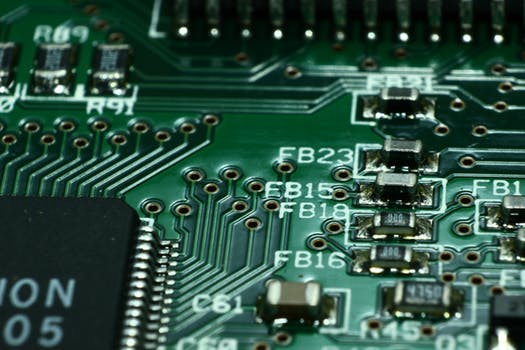Every meter coil has a certain amount of dc resistance. The amount of resistance depends upon the number of turns on the coil and the size of the wire used to wind the coil. The strength of the magnetic field about a coil increases as the number of turns of the coil increases. Therefore, if more windings are placed on a meter coil, a small current can create a magnetic field strong enough to cause the coil to deflect full scale.
The amount of current necessary to cause the meter pointer to deflect full scale is the meter sensitivity; it is an important characteristic of any meter. Typical current meter sensitivities vary from about 5 microamperes (0.000005 amperes) to about 10 milliamperes (O.QIO ampere). Some common values are 5, 50, and 100 microamperes (µA); and 1, and 10 milliamperes (mA).
The sensitivity of a meter movement is the maximum current that the movement can measure. Any current greater than this value will very likely damage the meter. Too much current might cause the pointer to rotate past full-scale deflection and bend about the right retaining pin. Or, too much current might cause the coil to burn out. A heavy current overload sometimes causes both types of damage.
Meter Accuracy
The accuracy of a meter is specified as the percentage of error at full-scale deflection. For example, if the accuracy of a 100-mA meter is specified as ± 2 percent, not only might the meter be off by ± 2 mA at a 100-mA reading, but it might be off by as much as ± 2 mA for any reading below full-scale deflection. Therefore, the accuracy of a meter becomes progressively poorer as the pointer moves farther and farther from full-scale deflection towards zero.
For example, at a meter reading of 50 mA, the meter, since it could still be off by ± 2 mA, is only accurate to ± 4 percent. At a meter reading of IO mA, the meter could still be off by ± 2 mA, which is a true reading accuracy of ± 20 percent. This, of course, is all based on a full-scale reading of I 00 mA. By using certain meter range circuits though, this situation can be improved.
Which Meters for DC and AC?
All the basic meter movements discussed so far can be used to measure DC. However, the moving-coil meter movement is used most often because it is more sensitive and more accurate. Although concentric-vane and radial-vane moving-iron meter movements can measure both ac and dc, they are generally used to measure low-frequency ac. Even in AC applications, the moving-coil meter movement is used much more than the other types of movements, but, for it to measure AC, the AC must first be converted to DC and then applied to the meter movement.
Thermocouple meters can be used to measure both AC and DC. In electrical and radio work, however, it is used almost exclusively to measure radio- frequency (RF) currents. The frequencies of these currents range from a few kilohertz to thousands of megahertz and can only be measured by a thermocouple meter because it operates on the heat produced by the current and is insensitive to frequency. Other meter movements are inaccurate for high-frequency measurements.
References
http://www.electronicdesign.com/test-amp-measurement/what-s-all-meter-accuracy-stuff-anyhow
https://www.electronics-tutorials.com/test-equip/meters.htm
https://www.designworldonline.com/how-to-determine-digital-multimeter-accuracy/








